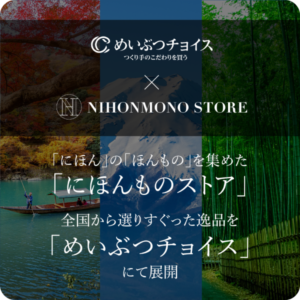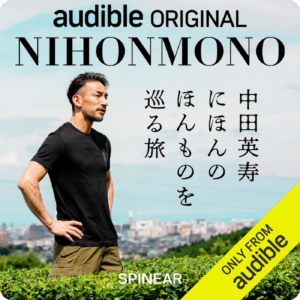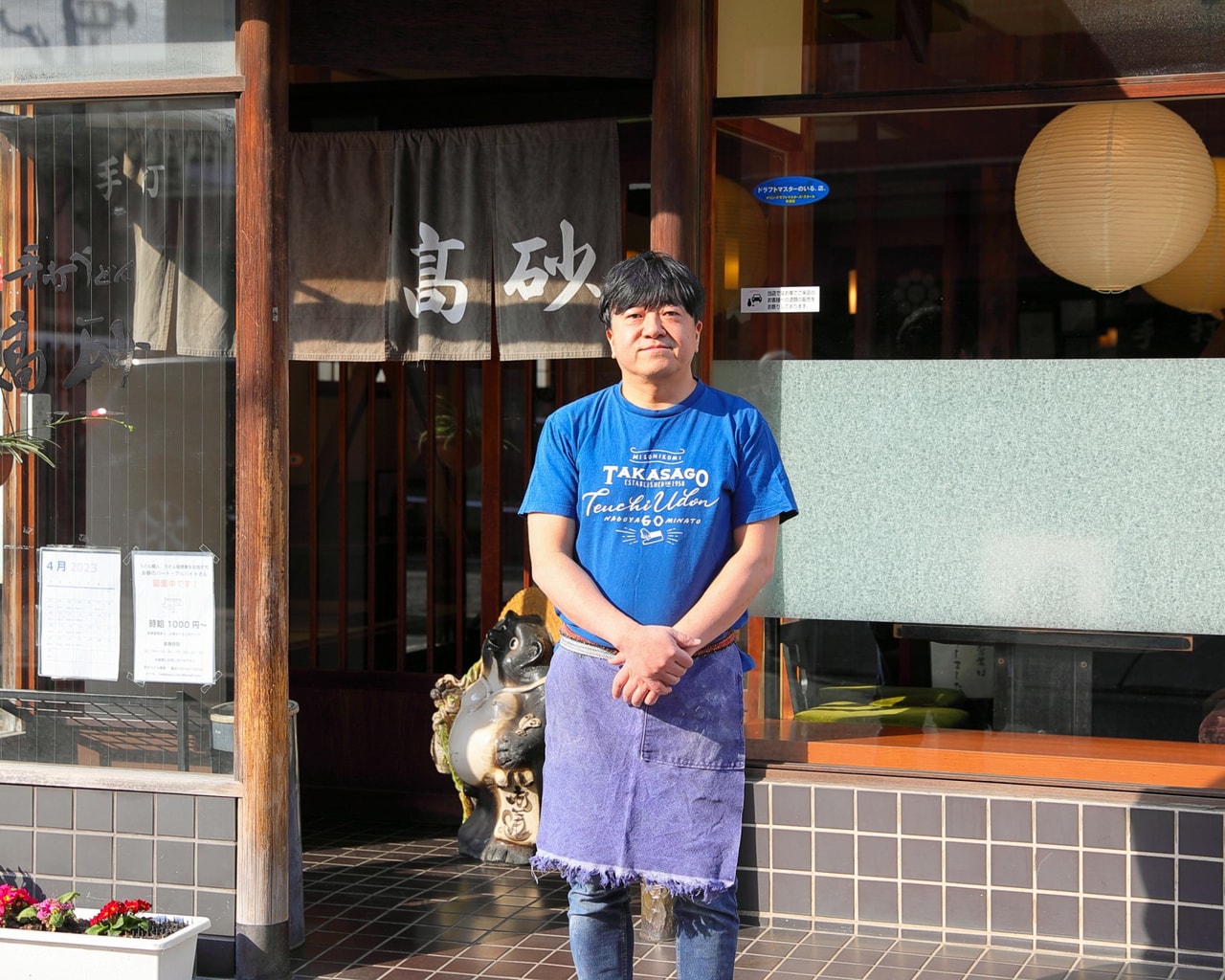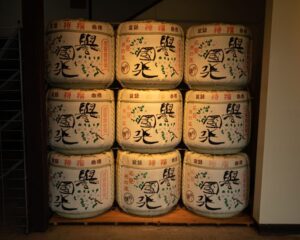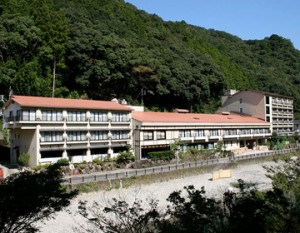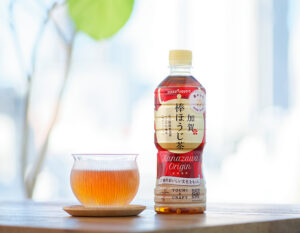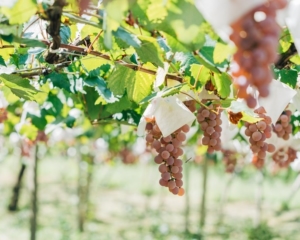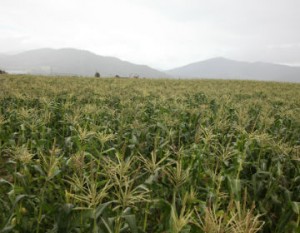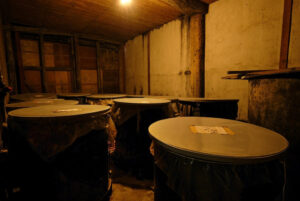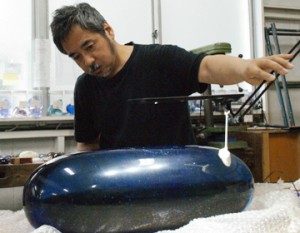Kishimen, one of Nagoya’s gourmet foods, is a noodle characterized by its wide width. It is thinner than udon but has a firm texture and a smooth texture. However, it has been less exposed than other major noodles such as udon, soba, and ramen, which has resulted in a noticeable decrease in the number of young people eating kishimen. Recently, however, a new trend in the kishimen industry has begun to emerge, thanks to the efforts of Takahiro Horie, who runs a handmade udon store in Nagoya.
Kishimen, Aichi Prefecture’s local delicacy

Kishimen” is known as Nagoya meshi (Nagoya food). In fact, it is not limited to Nagoya City, but is eaten throughout Aichi Prefecture. It is said to have its roots in “string noodles,” a specialty of Kariya City, Aichi Prefecture, and it is believed that Kishimen is a good match for Aichi Prefecture, where many people like their noodles well seasoned and the sauce easily soaks into the noodles.
Its characteristic feature is its flat noodles. The noodles are thinner than udon noodles, but have a firm texture and a smooth texture, and the sauce that soaks through the noodles is very appealing.
What is the difference between kishimen, udon, and stewed noodles?
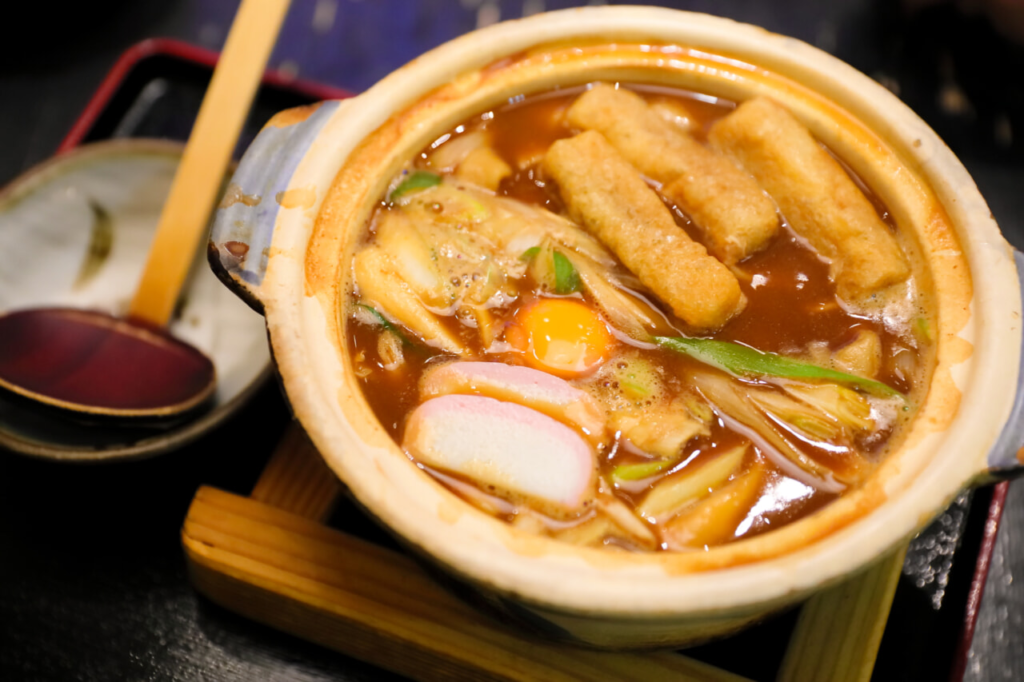
In addition to kishimen, there are other types of noodles that are representative of Nagoya-meshi, such as miso nikomi udon and Nagoya udon. Although they all seem to be the same type of udon, the ingredients and proportions of the noodles used in each dish vary according to the cooking method and purpose, and the textures vary accordingly.
Kishimen is the most time-consuming type of noodle to make. Kishimen requires more than twice as much time as the process of ordinary udon noodles because the dough is stretched thin to make the noodles wide, which is one of the main characteristics of kishimen. In addition, the amount of dough that can be made at one time is limited because the dough spreads out and occupies the noodle-making table. If 10 servings of udon can be made in the same amount of time and under the same conditions, only 5 servings of kishimen can be made. Although it is a Nagoya specialty, the inefficiency has led an increasing number of restaurants to stop serving kishimen and switch to udon only.
From a noodle diner opened by the previous generation, the three mainstays of the restaurant are udon, kishimen, and stewed noodles.
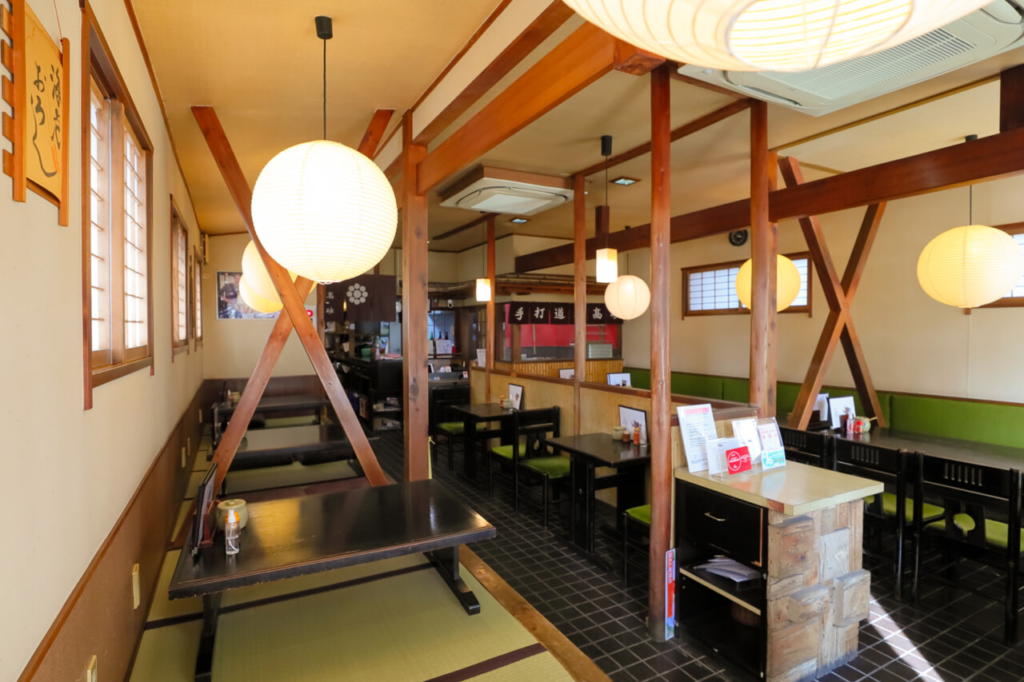
Mr. Horie, who runs “Teuchi Udon Takasago” in Nagoya City, inherited the noodle restaurant founded by his father in 1958. A noodle diner is a general term for a diner in town that serves not only udon but also Chinese soba noodles and set meals. After his father passed away, Mr. Horie took over the restaurant and has since been running it with a focus on handmade udon, kishimen (flat noodles), and nikomi udon as the three mainstays of the menu.
After training in Tokyo, he learned the techniques by watching and imitating.
Before he started making udon in Takasago, he trained at a soba restaurant in Tokyo. Two years later, he returned to his father’s store, where he stole the skills of his brothers and sisters while watching them make udon noodles.
He aims to make noodles that are gentle but have a core, with a bit of a bite at the end. I learned the technique not only by thinking about it in my head, but also by actually doing it, and finally I was able to consistently produce the ideal noodles,” said Horie.
The handmade noodles made with this unique technique have received high praise, and the restaurant is now so famous that it is listed in the Michelin Guide.
Udon noodles in Nagoya have a high density of salt water. Reason for leaving them overnight before stretching.
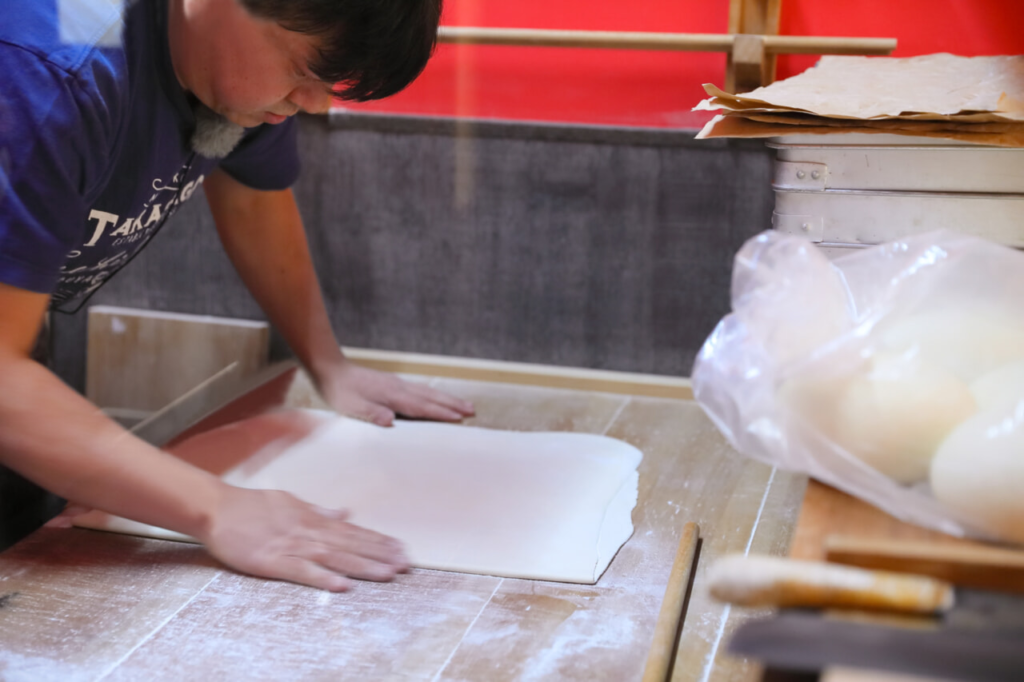
Udon and kishimen are both made from wheat flour and salted water. Their production processes are almost the same, differing only in the thickness of the dough to be stretched at the beating stage. However, the salt water used to make udon in Nagoya is more concentrated than that used to make noodles in Kagawa Prefecture, which is famous as an udon prefecture.
Although it is difficult to generalize because it depends on the season and weather conditions, Nagoya uses salt water with a density of 18 to 20%, compared to 10% in other areas. The higher the concentration, the tighter the dough. Since Nagoya is a region with high temperatures, the higher salt concentration is probably used to make the dough firmer to prevent the noodles from sloughing off in the heat,” says Horie.
In addition, Nagoya’s udon noodles are made using a method known as “Nagoya-uchi. The major difference between Nagoya udon and udon from other regions is that the dough is left to rest overnight, and a process known as “navel-dashi (hon-maruke)” is used to shape the dough into a round shape by pressing the dough into a ball with fingers. The process of letting the dough rest overnight promotes the formation of gluten, making it sticky and elastic, while the process of heso-dashi removes air from the dough, making it hard to break and giving it a strong firmness. These steps are what make Nagoya udon unique.
Talking with the dough while making noodles
Mr. Horie makes udon and yakishimen noodles every day, but the process is not the same. He says, “I make the noodles while talking to the dough, like, ‘It’s soft today because of the high humidity. We call forming the dough ‘forging,’ but we don’t forge it unnecessarily, but rather let the dough rest and avoid overworking it,” says Horie. The dough is made to look its best on any given day by making fine adjustments, such as adding more salt during the summer months when the dough tends to be less firm, or reducing the amount of water used on rainy days.
Promoting Kishimen to the younger generation and making it an everyday food option

Kishimen is the soul food of the people of Aichi Prefecture, but it is actually in danger of decline. As mentioned above, Kishimen requires more time and effort to prepare than other types of noodles. In addition, miso nikomi udon, which is stewed over a long period of time, requires less preparation on the part of the restaurant and is more popular with tourists. Even for the locals, there are not many opportunities to eat kishimen, and even in Takasago, until about three years ago, only two or three servings of kishimen were served per week.
However, Mr. Horie, who wanted to preserve the kishimen culture, decided to convey the deliciousness of kishimen to the younger generation at his casual restaurant. He decided to open “Hoshigaoka Noodle Factory” in 2021, a restaurant where people can casually drop by, by introducing machine-made noodles and freezing technology.
Hoshigaoka Terrace, where “Hoshigaoka Noodle Factory” is located, is lined with apparel stores and cafes, and is a place where many young people come and go. The location and production method of the store may seem opposite to that of Takasago, which insists on handmade noodles, but Mr. Horie explains the true reason for this. The cost of preparing noodles by hand is high, and mass production is not possible. But I wanted young people to enjoy shishimen in the same way they enjoy curry or ramen. I thought that machine-made noodles, which incorporate hand-made techniques, would be comparable in taste and be easily enjoyed.
In the year since Hoshigaoka Noodle Factory opened, approximately 100,000 servings of Kishimen have been ordered. Moreover, customers who discovered the deliciousness of Kishimen began to visit Takasago as well. The customer base has also changed, with groups of high school girls coming to the store, mothers’ friends coming for lunch, and children coming to the store before going to cram school.
From the Tokai area to the rest of the country and overseas
The success of Hoshigaoka Ramen Noodle House has brought joy from other companies in the same industry. The success of Hoshigaoka Seimenjo has brought more young people to visit the traditional udon store, saying, “I want to try the kishimen from other stores. However, in order to ensure that this is not a temporary boom, Mr. Horie is continuing to vigorously promote kishimen, including the development of franchises.
Currently, Hoshigaoka Seimenjo has outlets in Aichi and Osaka prefectures, but eventually we would like to expand the culture of kishimen from Hokkaido to Okinawa. In the future, I would like to increase the number of kishimen fans overseas,” says Horie. Someday, Kishimen will become the standard noodle food in Japan like udon, soba, and ramen, and spread throughout the world. Imagining such a future, the udon store that started out as a one-stop store in Nagoya continues to introduce the appeal of kishimen from a new angle in an effort to uncover a wide range of needs.
